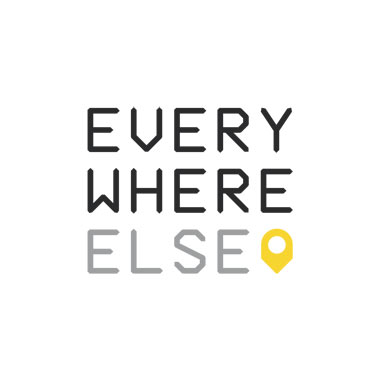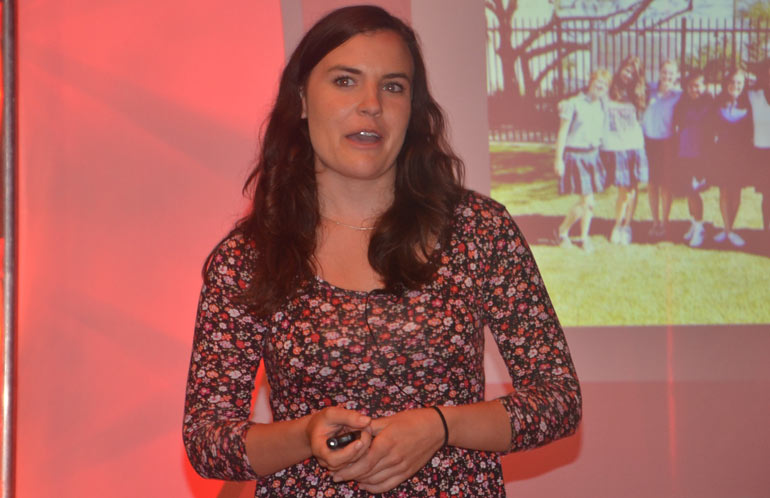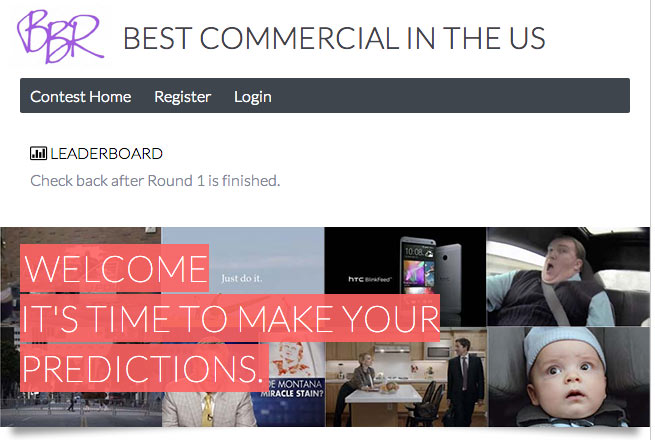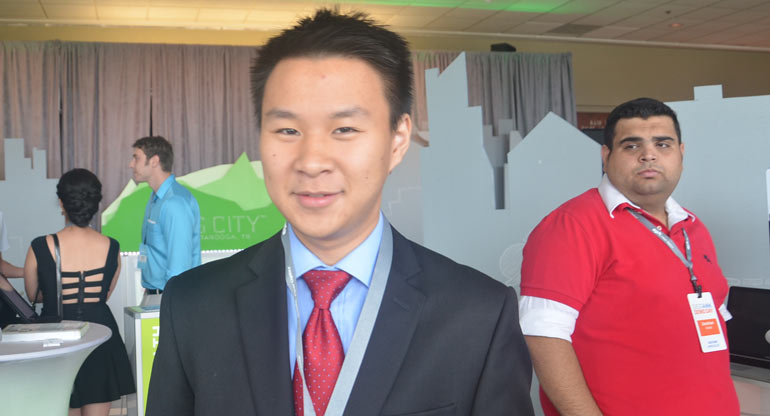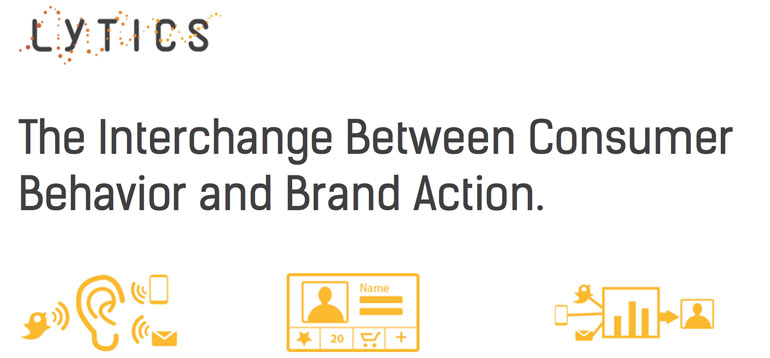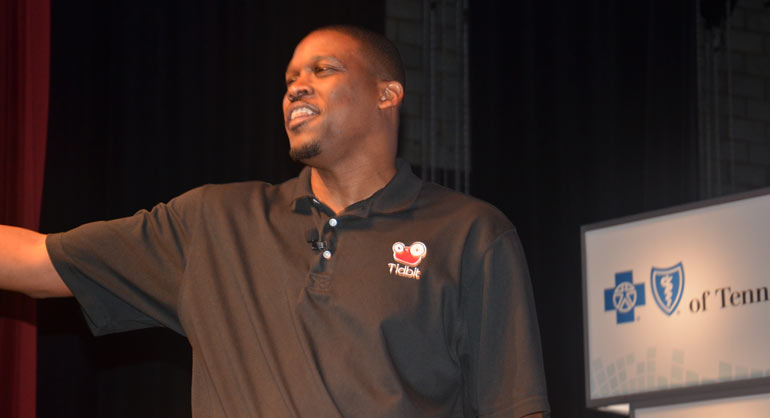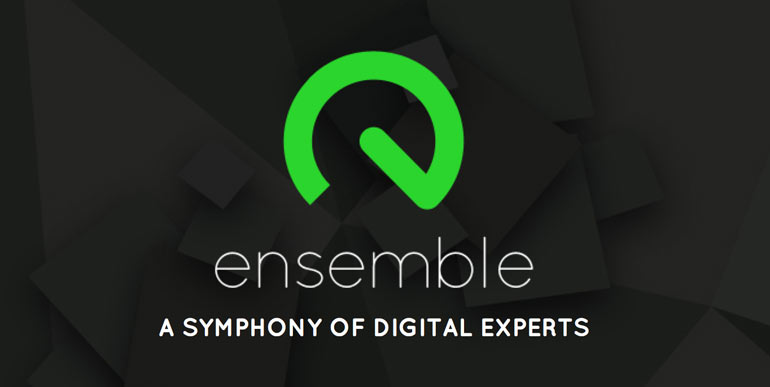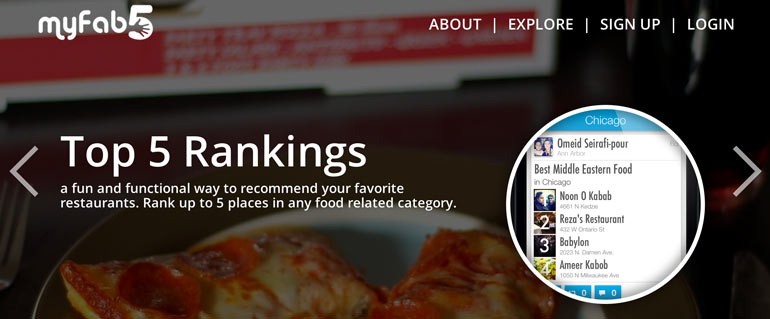
Many of you know that for a long time in a previous life I was involved in top 40 radio in medium and major markets. As a music director and program director at several stations, I had access to very expensive, all-consuming research tools. Focus groups, call out research trade reports, and more were designed to make “picking the hits” much easier. What I found, though. was a little concept a few of us had come up with called “3 favorite songs.” Go to events, go to the mall, and ask the people, what are your three favorite songs.
What the heck does this have to do with a startup in Detroit? Well our best research, the research that led to great ratings was just asking what are your three favorite songs, without clutter and all this excess meat and fat.
Clutter, and fat, are what clogs up the arteries of what would be good recommendation engines and apps for discovering things like restaurants. On our sneaker strapped road trip a few weeks ago, I got invited to a brain picking. A funded startup wanted to bounce some ideas off me and offered to take me to any restaurant in Chicago at any cost for the time. I started Googling, yelping, urban spooning and every other -ing I could think of to pick a restaurant. I came across the restaurant I ultimately picked, but this was maybe 2 hours after I got the invitation call in the first place. It was also after I had read a review that would have taken up 10 written pages. What a time suck.
The team at Detroit startup myfab5 takes that simple, clutter free way of asking or recommending, to help people navigate a restaurant decision. Users just rate their 5 favorite restaurants in any food related category and voila, the magic happens. The app takes all of that data and serves up good recommendations.
Startups in Detroit are looking to help the city make a comeback sweeter than Twinkies. myfab5 is one of those startups. The company has residence in both the TechArb accelerator in Ann Arbor and the Launch Detroit accelerator in Detroit. We got a chance to interview co-founder Calvin Schemanski. Check out the interview below.
What does your company do?
myfab5 is a platform that reinvents the restaurant review. Designed to mimic offline human behavior, myfab5’s platform let’s people recommend restaurants by talking about their favorite. On myfab5 you can rank up to five of your favorite restaurants in any food related category (e.g. my favorite places for #DeepDishPizza in Chicago). myfab5 instantly aggregates everyone’s rankings to power dynamic search results that tell you how popular each restaurant is for different types of food (e.g. how a pizza place ranks in the #DeepDishPizza and #ThinCrustPizza categories).
Who are the founders, and what are their backgrounds
Omeid Seirafi-Pour is the Co-Founder and CEO of myfab5 and has previously worked in consulting where he helped fortune 500 companies develop winning growth strategies. He gained experience with online reviews when helping a big box retailer understand how consumers use reviews/recommendations when going about the multi-channel shopping experience. Omeid and his Co-Founders are passionate entrepreneurs and are members of the University of Michigan startup accelerator known as TechArb.
myfab5 Co-Founder Calvin Schemanski paid his way through college when he owned and operated a pedicab business for three years. Through this, he gained experience working with local businesses managing the growth of a venture, and managing a small workforce.
myfab5 technical Co-Founder John Gulbronson has a diverse software development background and previously worked at the University of Michigan Pathology department, developing algorithms that identify gene fusion pairs found in the genomes of cancer patients.
All three co-founders are graduates of the University of Michigan. John and Omeid graduated in 2011 and Calvin graduated in 2012.
What’s the startup scene like where you are based?
The startup scene in Ann Arbor and Detroit is small but quite energized. There is a big movement to revitalize Detroit; and entrepreneurship is at the heart of it. Several large corporations have relocated their headquarters to downtown Detroit and some venture capital firms and business accelerators have set up shop downtown as well. Even the State of Michigan is getting involved through economic development programs targeted at launching and growing startups in Michigan.
45 minutes to the west, Ann Arbor’s entrepreneurship scene is also developing. The University of Michigan is alma mater of some of the world’s greatest entrepreneurs. Many are now getting involved in educating and mentoring UM’s next entrepreneurial generation. The university is also churning out thousands of highly qualified engineers and other professionals every year. More and more of these talented individuals are choosing to stay in Michigan to either start a company or join a young startup.
What problem do you solve?
Star ratings and long reviews make finding and recommending restaurants time consuming and frustrating. Imagine searching for a pizza place on a site like Yelp; you will see a list of places between 3.5-4.5 stars, but will not be able to tell which of those places is popular for deep dish pizza, thin crust pizza or cheesy bread. To find out you’ll have to read a bunch of long reviews that bury the useful information. It’s bad enough having to read those reviews, it’s even more time consuming to write them.
With myfab5 you never have to deal with these problems again. myfab5 makes discovering and recommending fabulous restaurants easy and fun by getting rid of star ratings and long reviews. On myfab5 you can rank up to five of your favorite restaurants in any category (i.e. pizza or thin crust pizza). myfab5 adds up everybody’s votes so that if you search for pizza, not only will we show you the most popular pizza places, we’ll also show you the other categories each pizza place is popular for (i.e. deep dish pizza or cheesy bread).
Why now?
The social era has dawned, and people are tired of review sites that make recommending a business so time consuming that less than 1% of people contribute reviews. Furthermore, people are using mobile devices more than ever and demand content that is concise and consumable on a mobile device. Ratings and reviews go against the social and mobile experiences consumers need and demand
What are some of the milestones your startup has already reached?
In November 2012, we began developing and testing a prototype in Ann Arbor, MI.
In January 2013, myfab5 recruited our technical co-founder.
In March 2013, myfab5 launched an alpha version of myfab5 in Ann Arbor, MI.
In May 2013, myfab5 secured over $20k in startup grants.
On June 27, 2013 myfab5 won the Detroit Technology Exchange pitch competition in Detroit, taking home the grand prize of $15,000 in marketing/branding services.
On August 2nd, 2013 myfab5 graduated from the LaunchDetroit accelerator and received the “MVP” grant for being the best contributor to the program and the “Go” grant for being most commercially-ready company.
myfab5 users have made over 3600 rankings. On average, each ranking includes 3 businesses, resulting in over 11000 business recommendations.
What are your next milestones?
Launch nationally and gain traction in key markets outside of Michigan.
Iterate within food category to increase myfab5 use cases and engagement.
Offer more categories on myfab5 besides “Food & Drinks.”
Where can people find out more? Any social media links you want to share?
www.myfab5.com
@my_fab5







